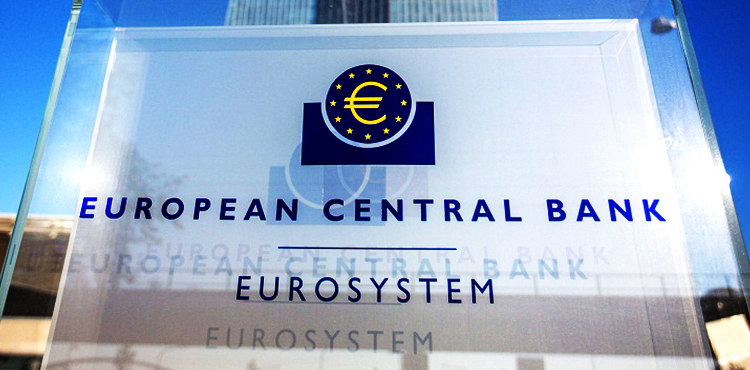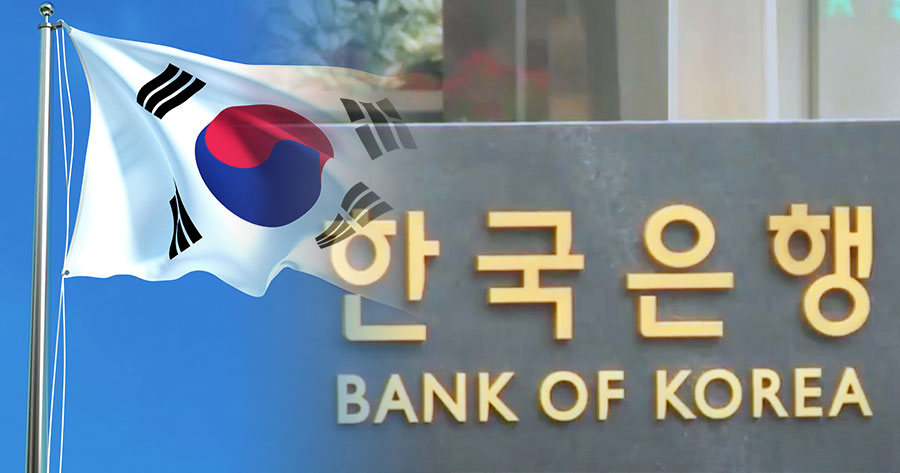The European Central Bank (ECB) announced on Thursday that it would maintain interest rates for the fifth consecutive meeting but hinted at a potential rate cut in the future, despite uncertainties surrounding the U.S. Federal Reserve’s next steps.
The ECB had previously made no direct mention of easing monetary policy in its previous communications. The central bank had raised its key rate to a record 4% in September and has kept it unchanged at subsequent meetings.
In a statement, the ECB stated that it would consider lowering the current level of monetary policy restriction if there is increased confidence that inflation is moving towards the target consistently. ECB President Christine Lagarde described this new sentence as an important and clear indication of the bank’s current stance during a subsequent news conference.
Market expectations are centered around a 25 basis point rate cut in June, following a revised medium-term inflation forecast by the ECB and a cooling of price increases in the eurozone in March.
While there is speculation about a potential summer rate cut by the Federal Reserve in the U.S., recent higher-than-expected inflation data has tempered those expectations. Lagarde emphasized the distinct differences between the U.S. and eurozone economies, suggesting that the ECB’s decision-making process will consider a variety of factors beyond U.S. economic developments.
Concerns were raised regarding how European central banks, including the ECB, would respond to changes in the U.S. economy. A deputy governor at Sweden’s central bank highlighted potential challenges for the Riksbank and ECB if the Fed rules out rate cuts in 2024, citing the impact on inflation and currency exchange rates.
As European data trends align with the 2% inflation target, the ECB appears poised for a rate cut in June. However, the extent and pace of further adjustments in the year ahead may be influenced by U.S. economic data and Federal Reserve policy.




